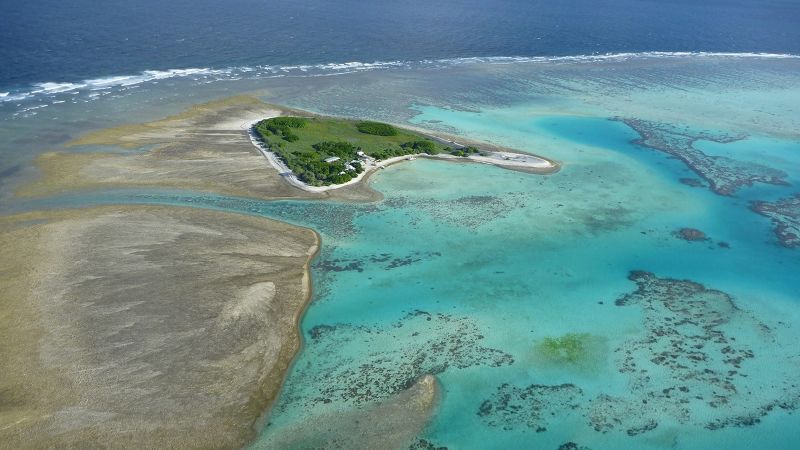Coral bleaching on Australia’s Great Barrier Reef has reached catastrophic levels, with over 50% of affected corals near the southern islands dying during the worst bleaching event recorded, according to a study by Australian scientists. The 2024 summer was marked by unprecedented ocean temperatures and the seventh major bleaching event, with corals expelling algae due to heat stress, resulting in their loss of color. Factors contributing to this crisis include global warming from fossil fuel combustion and the El Niño phenomenon.
Research tracked 462 coral colonies and found that by July 2024, 52% of the bleached corals had died, with some species experiencing up to 95% mortality. Even in protected areas, extreme heat stress has caused extensive damage. The Great Barrier Reef, home to diverse marine life and crucial for the Australian economy, is facing recurring bleaching events. Scientists emphasize the urgent need for global climate action to mitigate these occurrences. The study also warns of the broader implications for communities dependent on coral reefs for food security and tourism, stressing a need for strategies to bolster reefs’ resilience against climate change.
Source link


